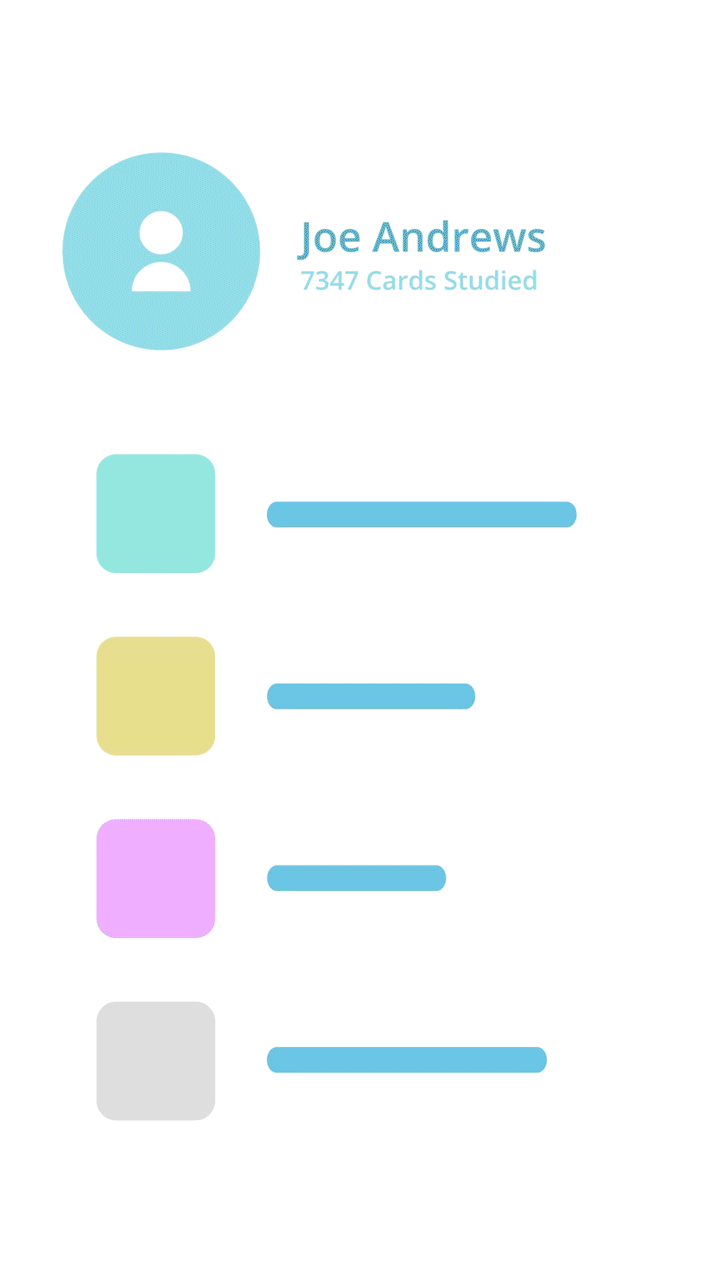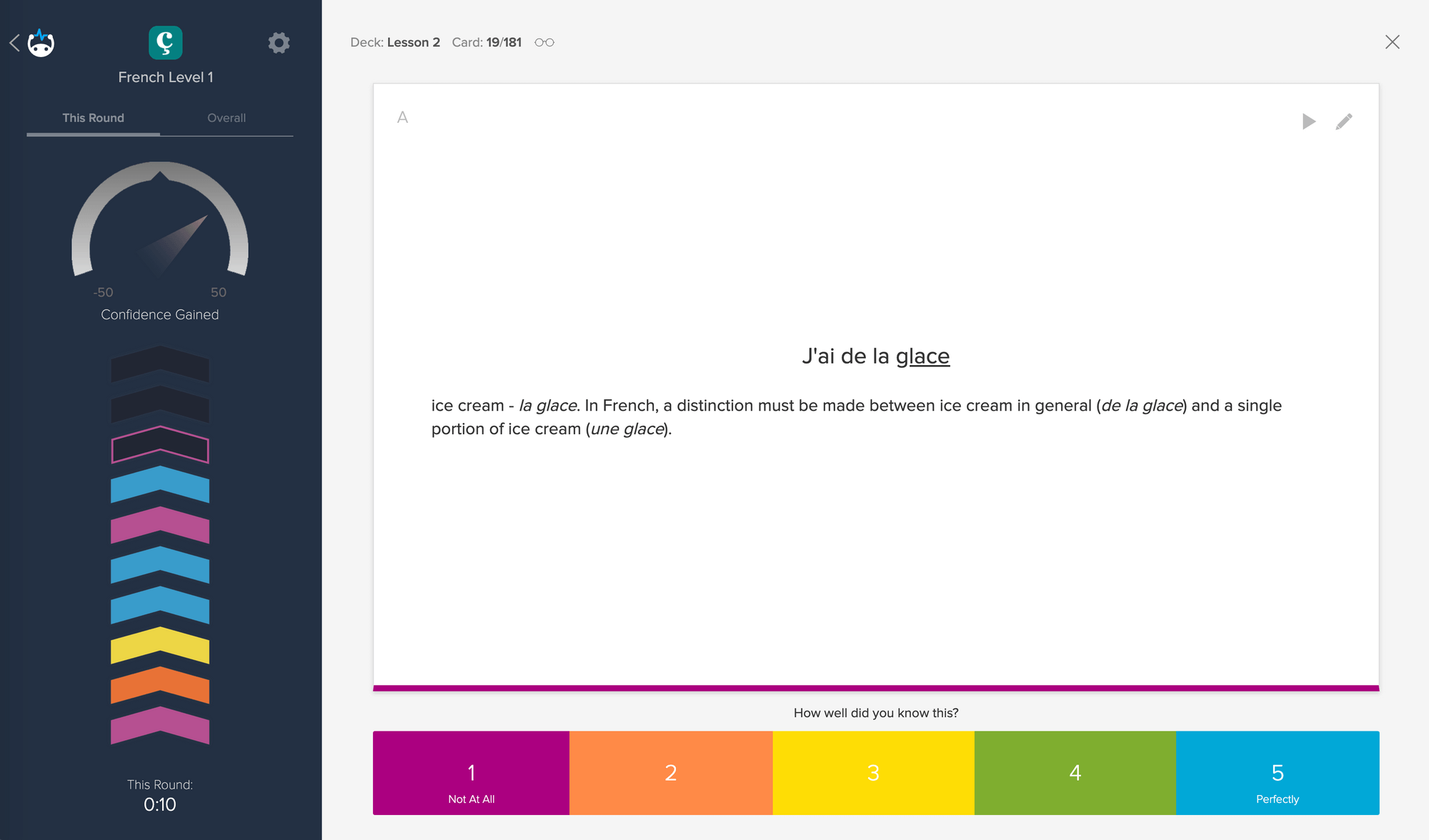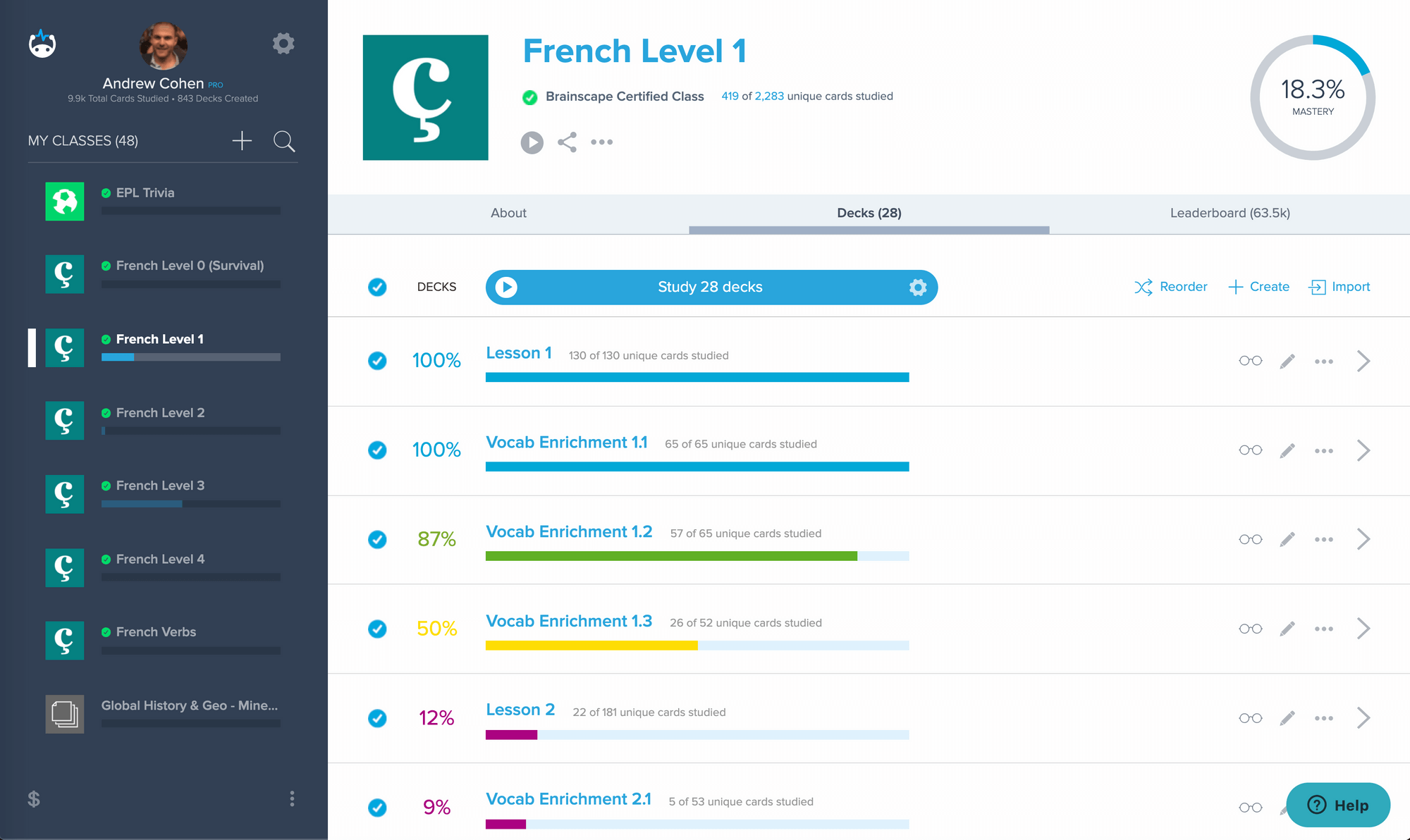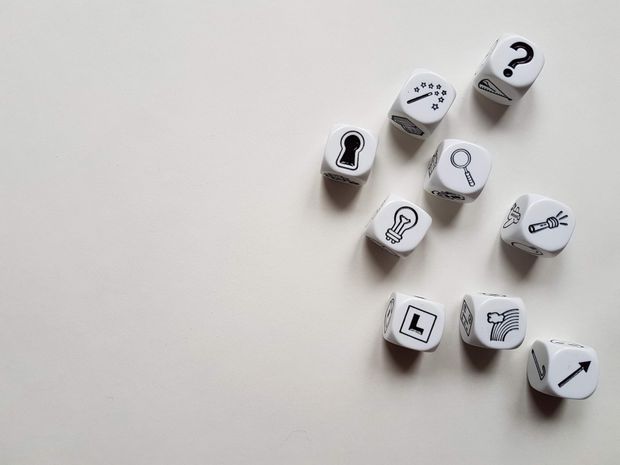In the process of creating the world’s most effective foreign language-learning platform over the past several years, Brainscape has fundamentally advanced the science of foreign language curriculum design. Brainscape’s language database is now—to our knowledge—the world’s largest effort to organize concepts by semantic roots rather than by words.
It may not sound amazing, but this has been a monumental undertaking and could change the way we learn languages forever. Here’s why.
The building blocks of meaning

Why use a “language database” in the first place?
Brainscape’s mission is to help the world learn faster, by optimizing the study process. Our learning software uses a scientifically proven system called confidence-based repetition to repeat “smart flashcards” based on the learner’s confidence in each concept (on a 1-5 scale). Difficult concepts (1s) are repeated frequently, while concepts that the user has already mastered (5s) are repeated increasingly rarely.

This powerful study system is only made possible when concepts have been broken down into their bite-sized building blocks, and “tagged” by topic area and frequency of usage. In fact, you cannot have fully adaptive learning unless you have first broken down the language into a data layer of its most fundamental building blocks.
Over the past few years, Brainscape has employed more than a dozen linguists for the demanding task of categorizing, editing, phrasifying, and mapping over 12,000 vocabulary and grammatical concepts into a flexible database that can feed an adaptive study product.
No one else has ever developed a bite-sized content database that is so comprehensive, organized, and flexible. We think it’s a game changer.
Couldn’t you have just imported content from an existing bilingual dictionary?
A typical bilingual language database is organized by words, because its primary function is to feed an electronic dictionary. Instructional software based on these databases lends itself to word-for-word translation exercises where concepts are not always unambiguous. (e.g. A Spanish learner might erroneously translate the word “hard” to difícil, rather than duro, since she thought it was talking about the meaning “difficult” rather than “not soft.”)
Breaking down each dictionary entry into its various semantic roots requires a scale of human effort that has never been undertaken before in this field.
What’s so special about “semantic roots”?
Separating language concepts by semantic roots, rather than by words, provides for a more flexible and extensible study experience. Brainscape flashcard exercises encourage the learner to mentally conjure up the word(s) for the target language-neutral concept rather than to just make a traditional “translation.” It’s as if the program used International Sign Language as the language-neutral baseline for language exercises, rather than just words to translate from the base language.

These semantic-root-specific flashcards help your brain consider the whole underlying concept (beyond just the words) by using two types of clarifiers: (1) synonyms, and (2) example phrases.
By immediately eliciting these mental connections on the front of the flashcard, these clarifiers help make the exercise feel less like “translation” and more like just coming up with the word for an abstract mental concept, just like you do when speaking your first language. The pairings of these concepts and clarifiers become increasingly important as Brainscape works its study algorithm upon previously rated flashcards.
Separating flashcards by semantic root, rather than with words, also allows Brainscape to properly treat phrases and compound words as a single unit of meaning for assessment. For example, “pick” and “up” have their own individual entries in a bilingual dictionary, but “to pick up” is also part of a few different semantic roots, such as the one it shares with the word “to lift.” The consolidation of semantic roots into a single flashcard (“to pick up / to lift”) allows learners to more easily understand where certain phrasal words (in either the base language or target language) are interchangeable with other words or phrases.
Making the concepts stick
A side-benefit of having so many semantic root-driven example sentences is that they allow Brainscape to not only illustrate new concepts, but also to reinforce concepts that had been “officially” taught on other flashcards. For example, if we had previously learned the word “long” (as it relates to physical length), then we can reinforce that word in the current flashcard, even when that current flashcard’s main learning objective is “finger.”
The sheer volume of content in Brainscape’s foreign language curricula allows us to create a cycle of optimized reinforcement that no other type of language-learning software is able to offer.

Why has nobody done this before?
It is actually quite possible that other foreign language education companies besides Brainscape have attempted to organize a study system by semantic roots. But none has done so at the scale that Brainscape has, with an amount of content that could serve as a learner’s entire language study journey over the course of several years. The resources required to complete such a semantic root-mapping are too prohibitively large for most companies.
Indeed, every stage of the project involved a series of tough value judgments that could only be made by experienced linguists, who spent hundreds of hours arguing among themselves to resolve content organization issues.
These are some of the challenges our experts had to untangle:
- Combination of synonyms. e.g. Are the words “reluctant” and “hesitant” close enough to include as synonyms, in the same semantic root?
- Arrangement of related terms. e.g. How would you arrange the words “regular,” “plain,” “ordinary,” “common,” “normal,” “basic,” and “standard” into their semantic roots? Which ones are synonyms of one another, and in which cases? How would you clarify their differences, using unambiguous sample sentences that could be translated to nearly any language?
- Curriculum ordering. e.g. Should the word “car” be taught before the word “paper?” How should we combine public word frequency data with the opinions of our expert linguists, in order to determine the “optimal” progression for the “average” language learner? (If I only had time to learn 1,000 items, which 1,000 items should those be?)
- Semantic chunking. e.g. Even though we want to strive to order each word by frequency of use, that could mean that “mother” and “father” are the 17th and 74th flashcards in the language. (Language corpora apparently show that people don’t talk about their fathers as frequently as their mothers.) Should we at least “chunk” similar mini-categories, like “Family – Basic,” so that similar concepts like “mother” and “father” can be learned adjacently to each other, but not necessarily adjacent to more advanced words like “niece” and “grandson”, which would be in their own "Family - Intermediate" chunk?
- Incremental grammar exposure. e.g. How should we introduce the present tense of the word “to give” using a sample sentence, if indirect objects have not yet been introduced? It’s hard to come up with a natural-sounding example without indirect objects.
If you'd like to dive deeper into how Brainscape helps you learn a language faster, then check out our full guide to the cognitive science behind Brainscape's language learning system. It's geeky but worth it.
As you can imagine, agreeing to (and continually refining) such content standards was an incredibly long and contentious process. Nearly all of the 12,000+ entries in Brainscape’s language content database have undergone at least one argument among our internal linguists and/or the dozens of linguistic consultants that we hired. Every concept in this product is therefore presented in the most agreeable and helpful way possible.
So why has no other company attempted to undertake such a difficult, expensive, and multi-year initiative? There has never been the right “fit.”
Big Language Software Companies, like DuoLingo or Rosetta Stone, would have no reason to break concepts into their semantic roots, since their databases mainly exist to feed their multiple-choice and matching questions (which are actually sub-optimal from a learning perspective). Big Language Software Companies tend to focus on making the product “engaging” (with expensive pictures and video) or “gamified” (with “points,” “badges,” and other game mechanics), which don’t necessarily fulfill the needs of a serious language learner who is looking for the most effective solution to learn to speak, understand, and read.
The other type of company who could theoretically undertake a massive semantic root-mapping is an Educational Publisher. Yet these companies’ data structures exist to feed online bilingual dictionaries and textbook-specific drills. Those digital tools are indeed important, but their underlying databases simply would not lend themselves to the type of multi-year learning experience that Brainscape’s language database facilitates.
Innovation by Brainscape
Only Brainscape has had the forethought, motivation, talent, time, and resources to develop a foreign language database that facilitates a clear, incremental, unambiguous, long-term, scientifically-optimized path toward mastery. Three years of grueling effort have finally paid off. And that's in addition to the other features of Brainscape that apply cognitive science principles to make our platform optimized to teach you a language—quickly.
You can start studying Brainscape’s adaptive online Spanish flashcards and French flashcards for FREE on our website or your iOS device. In those subjects, you will find 4+ years’ worth of exercises to study, at your own pace, wherever you are. We look forward to helping you learn faster!
[Looking for help learning a language? Check out our guide and resource toolkit for more on how to learn a language efficiently.]
